The Ife Head
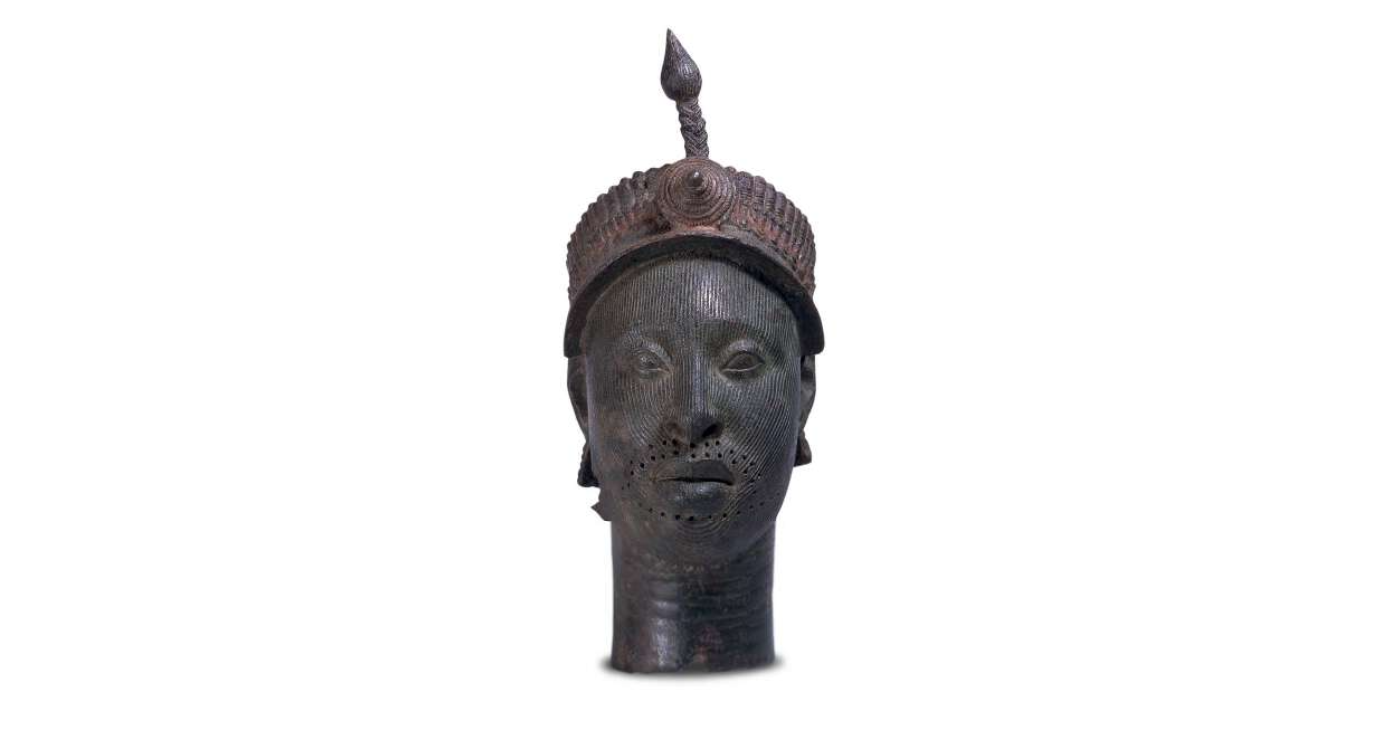
The Ife head can be considered an example of a cultural object from an African society. Images and sculptures of important figures, such as rulers or spiritual figures can often be seen as an example of a culture in its concentrated state, where both the richness and vibrance of a particular nation come to their climax. This particular head cast most likely belonged to a king, as seen by the elaborate and interesting headdress. The decorations and shape of the hat, as well as the face itself, can be viewed as an example of the Sub-African culture. Furthermore, the idea of casting the head of a ruler into a statue, using a lost wax technology in and of itself, is unique to Ife.
Kamala/ Bhairavi
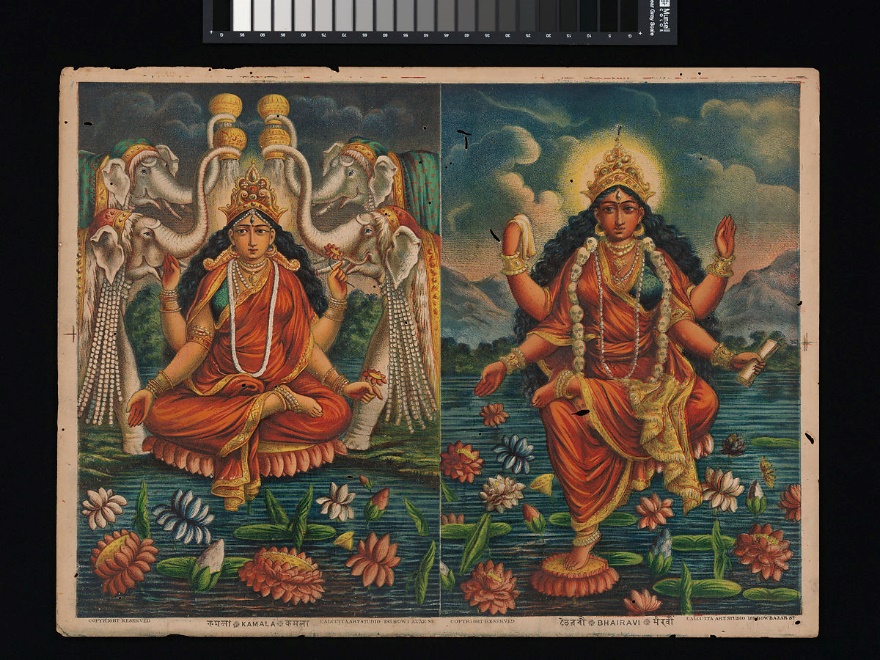
The image depicts two manifestations of Devi, representing the two opposing aspects of the deity. The bright and vibrant colors accentuate the divine image of the Goddess, creating an image that is both striking and rich. The various decorative ornaments, flowers and an elaborate headpiece can additionally be seen as signifiers of Indian culture. The depiction of a particular deity in a duality of emotion and manifestation further differentiates the cultural and religious aspects of India.
Seated Transcendent Buddha Vairochana
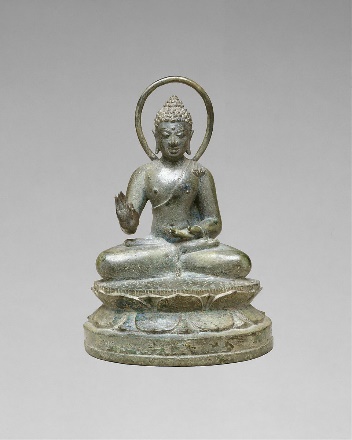
The statue depicts Buddha sitting on a lotus flower in a cross-legged position. The pose is described as meditative, and the robe the deity wears only covers a portion of their body. An elaborate ornament can be seen on its head, in addition to a halo-like structure above it. Buddha can be seen as an especially important figure in Esoteric belief and Buddhism as a whole. The decision to depict this statue in this way showcases how highly Buddha was regarded in early Indonesian culture.
Head of a King
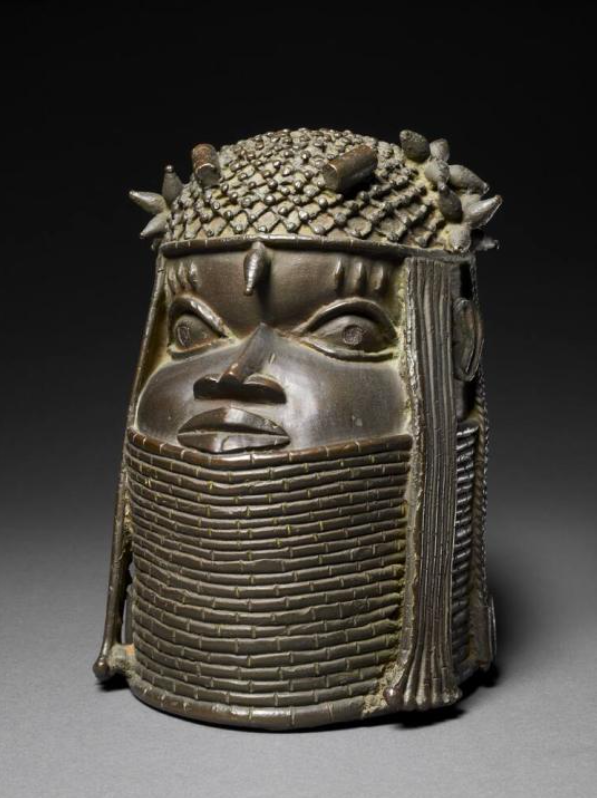
The statues of heads of rulers are seen among the most important artifacts of the Benin people, and a number of similar objects were created and found in the area. The heads were cast and displayed by each subsequent king, continuing the old tradition and displaying them in a particular order. The practice of creating metal sculptures and modeling them after the powerful figures of society in this particular fashion can be seen as a defining trait of Benin culture. The headdress and the neck ring worn by the ruler additionally reflect their society’s fashion of the time.
King George V
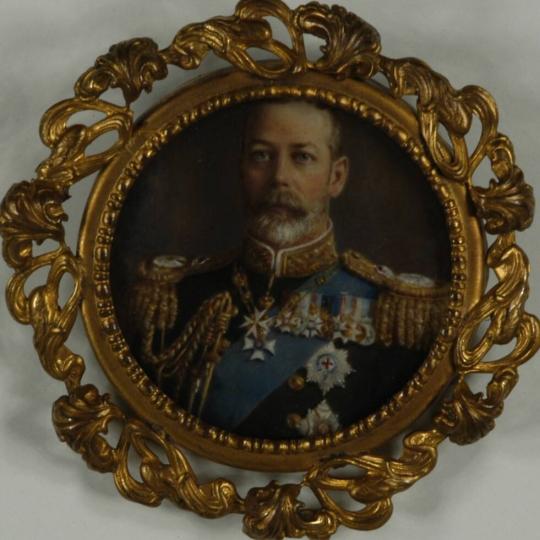
The portrait of King George the 5th, one of the rulers of Britain. The man is dressed in clothing appropriate for his time, adorned by medals and golden garments. The portrait emphasizes the importance of the figure by using a golden frame and showcases one of the particularly notable people of the time. The clothing style, along with the realistic painting and its decoration, is a good example of the English culture of the early 20th century.
References
Sculpture: British museum. The British Museum. (n.d.). Web.
Kamala/ Bhairavi. Metmuseum.org. (n.d.). Web.
Seated Transcendent Buddha Vairochana. Metmuseum.org. (n.d.). Web.
Unknown African Commemorative Head of a King. The Museum of Fine Arts, Houston. (n.d.). Web.
Unknown English King George V. The Museum of Fine Arts, Houston. (1970). Web.